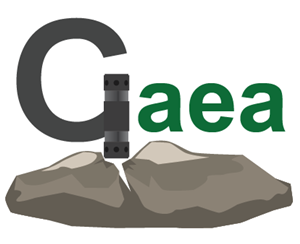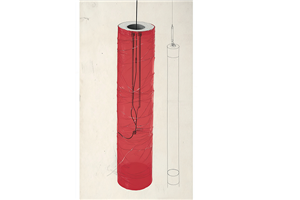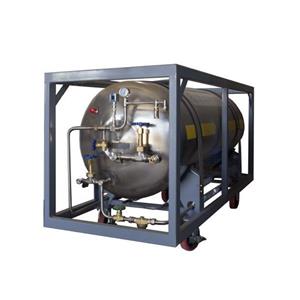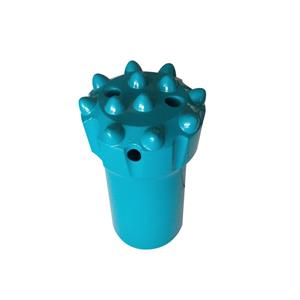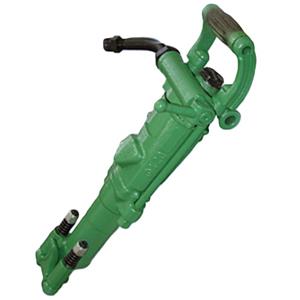The shank adapter behind hydraulic rock drills: what to know when buying
In a hydraulic rock-drilling system, the shank adapter is a key hub that cannot be replaced. It not only serves as the “bridge” that transmits the drill’s powerful impact energy to the tool, but also carries the flushing medium to the bit.
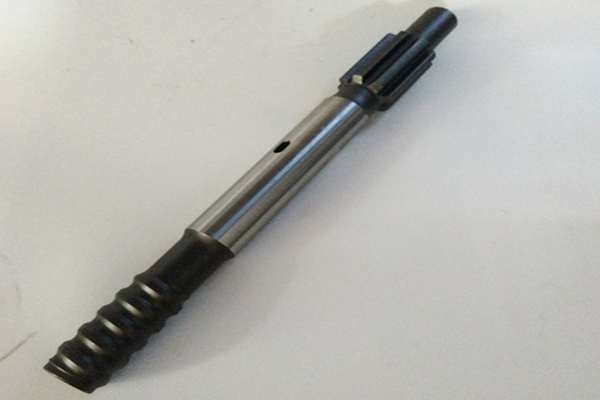
Threaded shank adapters stand out among connection parts because of their thread design and performance. They are indispensable in blasting-hole drilling for mining, rock breaking in tunneling, and foundation anchoring in hydropower and other civil works.
Threaded shank adapters are classified by thread position and by thread form, and each type has its own suitable application scenarios.
By thread position: female (internal-thread) shank vs. male (external-thread) shank
Female (internal-thread) shanks perform well in small-diameter holes. In projects requiring high hole accuracy and small diameters, internal-thread shanks transmit energy precisely, ensuring hole quality and efficiency.
Male (external-thread) shanks are suitable for large-diameter holes. For drilling large openings, their stronger connection performance keeps the tool stable under heavy impacts.
By thread form: R-type threads vs. T-type threads
R-type threaded shanks withstand relatively lower impact energy and have lower thread-strength requirements, making them the “ideal match” for lower-powered drills. Common R-thread specs include R28F, R32, R35, R38. In moderate-strength rock drilling they perform stably and reliably.
T-type threaded shanks are the “heavy-duty partners” designed for high-impact hydraulic drills. When working in very hard rock, the T-thread’s structure effectively solves the jamming problem that R-threads are prone to, greatly improving reliability and stability. Although T-threads require more complex machining and higher manufacturing capabilities, their high strength and easier disassembly make them the preferred choice for high-power drills. Typical thread specs include T35, T45, T51 and ST58, ST68, EL60, GT60, etc., meeting the needs of high-intensity operations under different conditions.
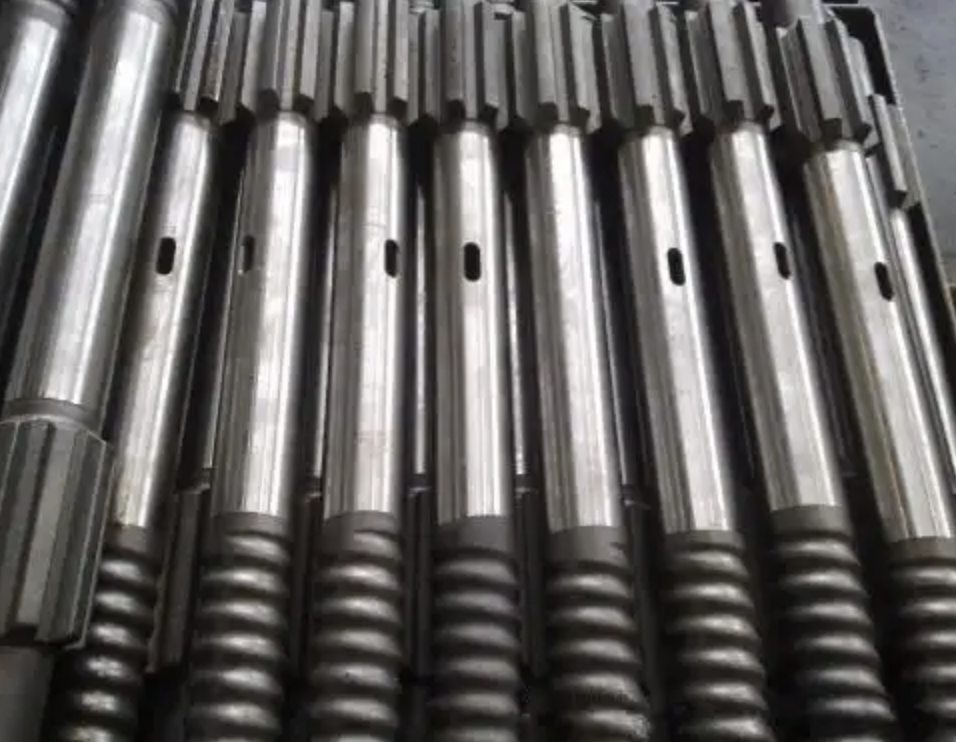
Practical buying tips
Thread spec matching is necessary but not sufficient. The first and essential requirement is that the shank’s thread type must exactly match the drill rig’s interface to ensure correct connection and efficient operation.
Consider the drill model and its parameters. Different rigs differ in power, impact energy/frequency and other characteristics, so the suitable shank varies accordingly.
Account for the working environment. In humid mines or high-temperature tunnel sites, higher requirements for corrosion resistance and heat resistance apply. Only by considering thread compatibility, rig characteristics and environmental conditions together can you select the most appropriate shank adapter and ensure the hydraulic drill delivers maximum performance on site.
